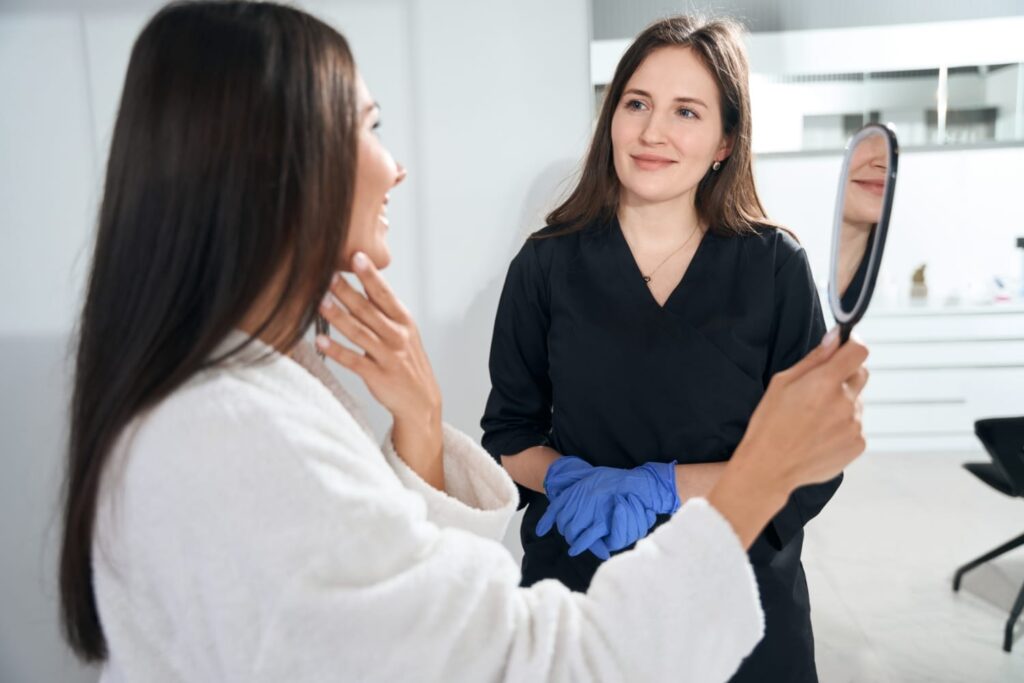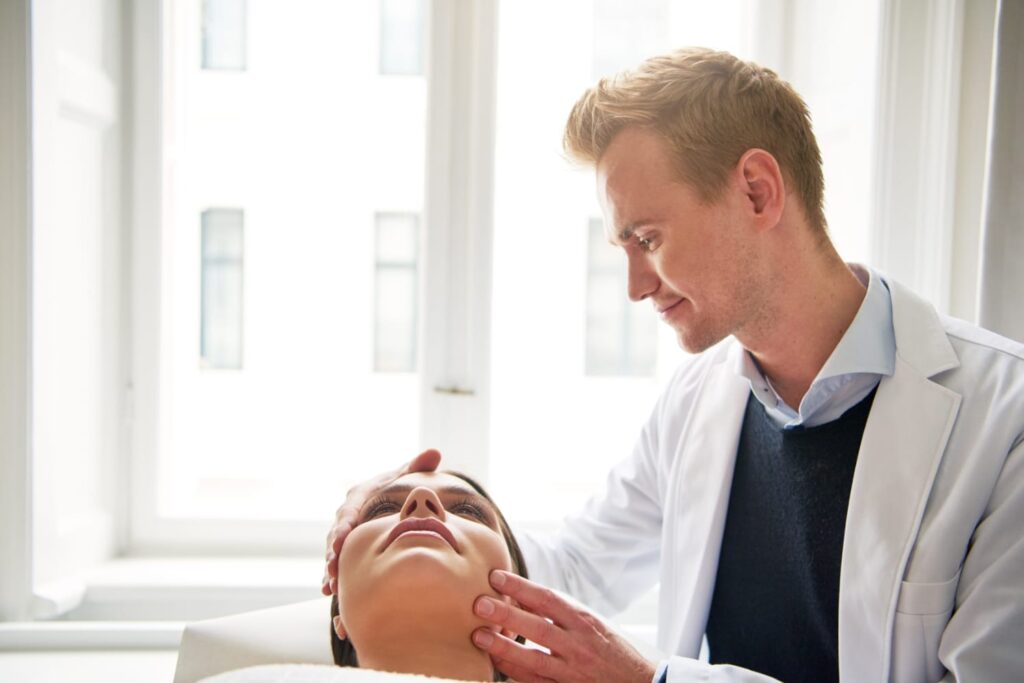
Our Story
About Us
The foundations of Felicity Derma Skin Clinic came from an aspiration of fulfilling the desires for happiness of their patients. Our Clinic notably adheres to the highest internationally medical standards and ethics and provides exceptional care to their patients. The Clinic’s dedication is to continuously offer world-class treatments that deliver positive results and experiences to their patients.
It seeks to generate high quality individualised aesthetic treatment plans. Felicity Derma skin Clinic has absolute determination in turning its visions and aspirations into reality. It has already created profound impacts presently seen within the clients. Our flagship services include Laser Hair Reduction, Body Shaping, Anti Aging, Skin Care, Hair Restoration and Aesthetic Surgeries, all undertaken by experienced doctors and trained practitioners mentored by international experts.




Our Values
Safety & quality
Integrity
Results oriented
Accessibility
General question
Frequently Asked Questions
01.
ou should see a dermatologist in the following situations:
Persistent Skin Issues: If you have persistent skin problems like acne, rashes, or eczema that don't improve with over-the-counter treatments.
Skin Growths or Moles: If you notice any new growths, moles that change in size, shape, or color, or any other unusual changes in your skin.
Skin Cancer Screening: Regular check-ups are recommended if you have a history of skin cancer, a family history of skin cancer, or numerous moles or freckles.
Chronic Skin Conditions: Conditions like psoriasis or rosacea that need ongoing management.
Hair and Nail Issues: Problems such as hair loss, scalp issues, or nail disorders.
02.
Dermatology treatments can vary in terms of pain, depending on the type of treatment and individual pain tolerance. Here’s an overview:
Topical Treatments: Generally painless but can cause minor irritation or discomfort.
Minor Procedures: Treatments like cryotherapy, chemical peels, or laser treatments might cause mild to moderate discomfort, often described as a stinging or burning sensation. Local anesthesia can help minimize pain.
Injections: Corticosteroid injections for cystic acne or fillers can cause some pain at the injection site, but it is usually brief.
Biopsies and Surgeries: Skin biopsies or minor surgeries can be more uncomfortable, but local anesthesia is typically used to numb the area, reducing pain during the procedure. Post-procedure soreness is common but manageable with over-the-counter pain relievers.
03.
Yes, dermatologists can treat skin cancer. They are often the first medical professionals to diagnose and treat various forms of skin cancer, including basal cell carcinoma, squamous cell carcinoma, and melanoma. Here are some common treatments dermatologists use:
Surgical Excision: The dermatologist removes the cancerous tissue along with a margin of healthy tissue to ensure all cancer cells are eliminated.
Mohs Surgery: This precise surgical technique is used for certain types of skin cancer. It involves removing the cancerous tissue layer by layer and examining each layer under a microscope until no abnormal cells remain. This method conserves as much healthy tissue as possible.
Cryotherapy: Liquid nitrogen is used to freeze and destroy cancerous or precancerous cells.
Topical Medications: Creams or gels containing anti-cancer agents can be applied directly to the skin to treat superficial skin cancers.
04.
The frequency of skin checkups can depend on individual risk factors, but general guidelines include:
Annual Skin Checkups: Most people should have a full-body skin examination by a dermatologist once a year.
High-Risk Individuals: If you have a personal or family history of skin cancer, numerous or atypical moles, a history of severe sunburns, or a fair complexion with freckles, you may need more frequent checkups, such as every 3 to 6 months.
Self-Examinations: Conduct monthly self-examinations to monitor any new or changing moles, spots, or growths. If you notice anything suspicious, schedule an appointment with a dermatologist promptly.
05.
Yes, dermatologists can help with aging skin. They offer various treatments and recommendations to address common signs of aging, such as wrinkles, fine lines, age spots, and sagging skin. Some of the ways dermatologists can help include:
Topical Treatments: Prescription creams and ointments containing retinoids, antioxidants, and other active ingredients that can improve skin texture and reduce the appearance of wrinkles.
Chemical Peels: These treatments use chemical solutions to exfoliate the skin, removing dead skin cells and promoting the growth of new, smoother skin.
Microdermabrasion and Dermabrasion: Procedures that exfoliate the skin to reduce fine lines, sun damage, and minor scars.
Laser Therapy: Treatments that use focused light to stimulate collagen production, reduce wrinkles, and improve skin tone and texture.
